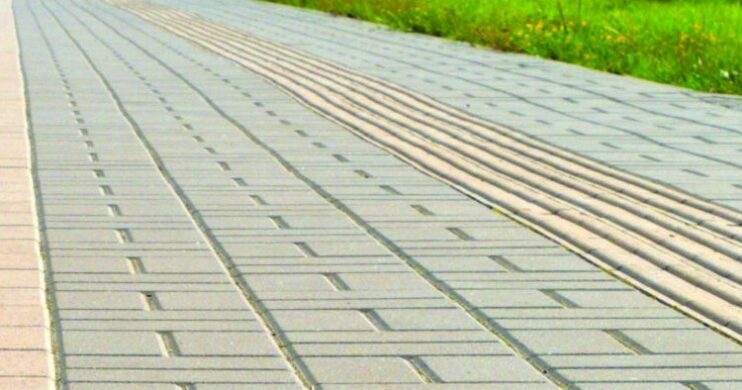By Shiying Zheng and Shafiq Fazel, Evonik Corporation
INTRODUCTION
Concrete is one of the most used construction materials due to its strength, durability, resilience, safety, and low cost. In the flooring applications, demand for concrete for interior and exterior use in residential and commercial settings is growing significantly thanks to the strong construction market around the globe.
Coatings for concrete floor not only protect concrete from wear, deterioration, and contamination, but also enhance the physical performance, provide chemical resistance, and improve aesthetics. Today, architects, specifiers, and end-users can select from a broad range of technologies and finishes to protect and enhance the aesthetics of the concrete floor. Each technology or finish brings specific benefits and introduces trade-offs in other areas. Polymer technology is among the most popular choices for concrete flooring and include thermoset chemistries such as amine-cured epoxy, urethane, urea, methacrylate, and acrylic. The preferred option depends on the type of application and the required performance properties.
High-performance floor installation using polymer technology requires at least two stages (primer and topcoat), and preferably three (including a midcoat) as shown in Figure 1. With each stage needing time to cure, fast-cure speed to reduce the total installation time translates into minimum downtime and fast return to service. This has been a key market driver across the coating industry. Yet, fast-cure speed often comes as a trade-off for short working time. Balancing fast cure and good working time remains a challenge for coating industry. This article describes fast-cure amine technologies using a system approach that enables the installation of a multistage floor system within one day while maintaining good working time at each stage and high-performance of the entire system.

FIGURE 1—Representative examples of a high-performance flooring system.
As shown in Figure 1, the concrete primer serves to penetrate and seal the concrete pores because concrete is a porous and permeable material. Primer establishes good adhesion and bonding between the concrete substrate and the polymer overlayment. Cured concrete traps various amounts of moisture, about 1% to 2% in ambient dry concrete, and 4% to 5% in damp and wet concrete; however, the corresponding relative humidity inside concrete is as high as 75% to 95%. When a primer is applied at low temperature, applicators also need to consider the dew point to avoid moisture condensation during or shortly after the application of the primer. Two-part amine-cured epoxy primers have proven to tolerate the challenges introduced by concrete as a substrate and provide good adhesion to dry and damp concrete even at low temperature and high humidity. In addition, advancement in waterborne technology equips the formulators with waterborne epoxy system as a new tool to meet performance, low volatile organic components (VOC) and low emission requirements.1–3 It has gained wide acceptance as an environmentally friendly alternative to the solventborne system due to the improved performance made during the past two decades.
Coated on top of the primer is the polymer midcoat and then topcoat. Until recently, topcoats have been dominated by two key technologies: amine-cured epoxy and polyurethane based on polyol-cured isocyanate. Lately, another two-component (2K) aliphatic polyurea, referred to as polycarbamide or polyaspartic technology, has been developed to practical industry use. It is derived from polyamine cured isocyanate chemistry.4–7
Continue reading in the November/December digital issue of CoatingsTech.
